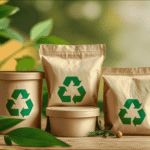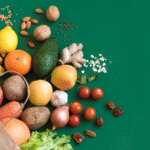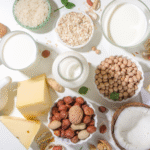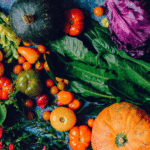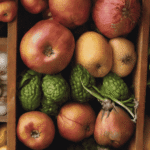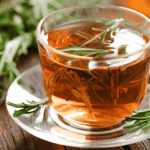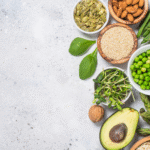Not every food labeled “organic” is created equal. Behind the label lies a set of strict rules and certifications that determine whether a product truly qualifies as organic. For shoppers, understanding these standards is essential — not only to ensure you’re getting what you pay for but also to build trust in the farming systems and practices that the organic movement represents.
In this guide, we’ll explore what organic standards are, who sets them, and what they mean for farmers, food producers, and ultimately, for your plate.
What Are Organic Standards?
Organic standards are a collection of rules and regulations established by government bodies or recognized certifying agencies to define what qualifies as “organic.” These standards cover everything from how crops are grown, how animals are raised, how food is processed, and even how products are labeled on store shelves.
👉 Key point: The goal of organic standards is to ensure transparency, consumer trust, and environmental responsibility.
Who Sets Organic Standards?
- United States: The USDA oversees the National Organic Program (NOP). Products must meet USDA Organic certification requirements to carry the official green “USDA Organic” seal.
- European Union: Organic products must comply with EU Organic Regulations (EU 2018/848), identified by the green leaf logo.
- International: Many countries have their own standards, but most align with guidelines from the IFOAM (International Federation of Organic Agriculture Movements), which sets global principles.
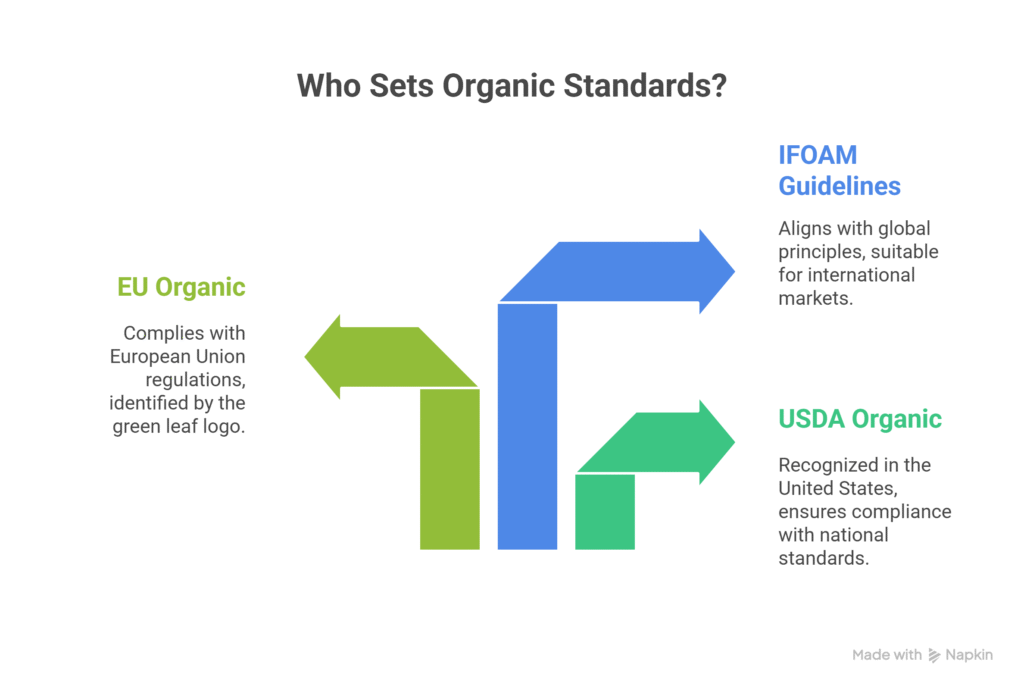
Key Requirements for Organic Crops
- No Synthetic Pesticides or Fertilizers
- Farmers must rely on natural alternatives like compost, manure, crop rotation, and biological pest control.
- No GMOs
- Organic standards strictly prohibit the use of genetically modified seeds or ingredients.
- Soil Health Management
- Practices like cover cropping, reduced tillage, and composting are mandatory to maintain long-term soil fertility.
- Limited Approved Substances
- Some natural pesticides or fertilizers (like copper sulfate or neem oil) are allowed, but only if they meet safety requirements.
Key Requirements for Organic Livestock
- Animal Welfare Standards
- Animals must have outdoor access, space to roam, and conditions that allow natural behaviors.
- Organic Feed
- Livestock must be fed 100% organic feed, free from GMOs, animal by-products, and synthetic additives.
- No Routine Antibiotics or Hormones
- Medications may only be used if the animal is sick, but treated animals lose their organic status.
- Pasture-Based Grazing
- For dairy and meat cattle, access to pasture is required during grazing season.
Key Requirements for Organic Processed Foods
- Minimum Organic Ingredients: To carry the “organic” label, processed foods must contain at least 95% certified organic ingredients.
- “Made with Organic” Label: Foods with 70–94% organic ingredients may use the phrase “Made with Organic [ingredient]” but cannot display the USDA seal.
- No Artificial Additives: Synthetic colors, preservatives, or flavors are prohibited.
- Strict Supply Chain Oversight: From farm to packaging, every step must be inspected and certified.
Organic Labeling Rules
Consumers often get confused by label terms. Here’s how they break down:
- 100% Organic → Must contain only organic ingredients (excluding water and salt).
- Organic → At least 95% of ingredients are organic.
- Made with Organic Ingredients → 70–94% organic; no USDA seal allowed.
- Organic Certification Seal → Can only be used if certified by an approved agency.
Why Standards Matter
Organic standards aren’t just bureaucratic rules — they are the foundation of what makes organic food trustworthy, sustainable, and globally recognized. Without them, the word “organic” would be meaningless, open to greenwashing and misleading labels. Here’s why these standards matter so much:
Consumer Trust
- Transparency & Accountability: Certification means products are verified by third-party inspectors, not just marketing claims.
- Consistency: Whether you’re buying organic apples in California or Germany, the seal gives assurance that similar practices were followed.
- Informed Choices: Shoppers can confidently spend extra on organic knowing they’re paying for stricter farming and production methods.
Environmental Protection
- Soil Health: Standards require crop rotation, composting, and natural inputs that preserve long-term fertility.
- Water Safety: By banning synthetic fertilizers and limiting pesticides, organic systems reduce chemical runoff that contaminates rivers and groundwater.
- Biodiversity: Farms must encourage ecological balance — protecting pollinators, wildlife, and natural habitats.
Health Benefits
- Cleaner Food: Strict limits on pesticides, antibiotics, and hormones mean lower exposure to harmful residues.
- No Hidden Chemicals: Standards prohibit artificial preservatives, synthetic dyes, and GMOs.
- Focus on Whole Foods: By prioritizing natural production, organics often align better with clean eating and wellness values.
Global Trade
- Common Language: Standards create a shared definition of “organic,” making products comparable across borders.
- Market Access: Farmers in one country can export to another if their practices meet equivalency agreements (e.g., USDA Organic is accepted in the EU).
- Economic Growth: Certification opens access to premium markets, increasing opportunities for small farmers and sustainable businesses.
Ethical & Social Responsibility
- Animal Welfare: Organic livestock standards guarantee better living conditions compared to industrial farming.
- Fair Practices: Some organic programs tie into fair trade, ensuring better wages and working conditions for farmers.
- Consumer Empowerment: Standards shift food systems toward transparency, giving consumers power to influence change with their purchases.
Key takeaway: Organic standards matter because they protect people, the planet, and the integrity of the food system. They are what make “organic” more than just a label — they make it a promise.
Frequently Asked Questions (FAQ)
1. Is organic certification the same in every country?
No. While the principles of organic farming are similar, each country has its own certifying body and rules. For example, the U.S. uses the USDA Organic program, while the EU has its own “Euro-leaf” certification. Some countries recognize each other’s standards under equivalency agreements to allow international trade.
2. Can small farmers sell without certification?
Yes, but with limits. In many countries, small farmers may sell directly to consumers at farmers’ markets using the term “organic” if they follow the standards, but they cannot use the official organic seal without formal certification. Some regions also offer “Participatory Guarantee Systems” (PGS), which provide local, community-based organic verification as a lower-cost alternative.
3. Is certification expensive for farmers?
It can be. Certification fees, annual inspections, and compliance requirements can add up. However, many governments and NGOs offer cost-share programs, subsidies, or grants to support small and medium-sized farmers who want to transition to organic.
4. How do I know if a label is real?
Look for official seals such as the USDA Organic logo, the EU Organic leaf, or other nationally recognized certification marks. These indicate third-party verification. Be cautious of vague terms like “natural” or “eco-friendly,” which are not regulated and do not guarantee organic standards.
5. What does “100% Organic” mean vs. “Organic” vs. “Made with Organic”?
- 100% Organic: All ingredients (except water and salt) must be certified organic.
- Organic: At least 95% of ingredients must be organic; the USDA or EU seal may be used.
- Made with Organic Ingredients: 70–94% of ingredients are organic; no official seal allowed, but the claim can appear on the packaging.
6. How often are organic farms inspected?
Certified organic farms and processors are inspected at least once per year by accredited certifiers. Surprise inspections can also occur if there are complaints or suspected violations.
7. Can hydroponic or greenhouse crops be organic?
It depends on the region. In the U.S., hydroponic systems can qualify if they meet organic standards for inputs and practices. In the EU, stricter rules often limit or exclude hydroponics from organic certification.
8. Are organic standards only about pesticides?
No. Organic standards cover the entire system — soil health, biodiversity, animal welfare, processing, labeling, and sustainability practices — not just pesticide use.
Conclusion
Organic standards are the backbone of the organic food movement. They ensure consistency, credibility, and integrity across everything labeled “organic.” By knowing what qualifies a product, you can shop with confidence, support sustainable farming, and enjoy food that aligns with your health and environmental values.

